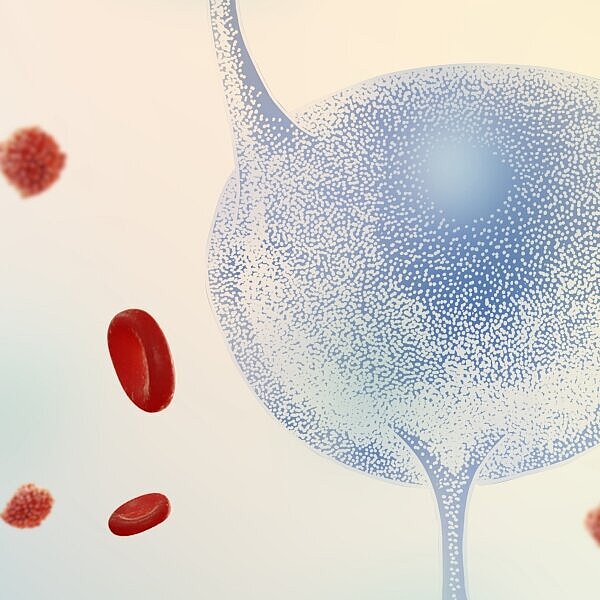Bladder cancer
Bladder cancer occurs when cells in the lining of the bladder turn abnormal or atypical and become cancerous. In 2020, there were more than 573,000 new cases of bladder cancer recorded worldwide. Older people are more at risk of developing this form of cancer: about 9 out of 10 people with bladder cancer are over the age of 55 and 73 is the average age of diagnosis. However, the chances of it developing can be affected by certain risk factors.
Dietary carcinogens, as well as those resulting from exposure to or ingestion of tobacco smoke or other environmental sources, are often excreted in urine, which means that the lining of the bladder is exposed to these elements. A simple urinalysis assessment is often the first step in finding atypical cells that may indicate bladder cancer.
When urinalysis is used to test for bladder cancer, it is mainly done so in people who already have signs or symptoms of it, but it is also relied on to watch for signs that cancer has returned in patients who have had a tumour removed.
From bladder basics for patients to diagnostic parameters for lab staff and clinicians, we cover what you need to know when it comes to how Sysmex can help address bladder cancer. If you are interested in the laboratory diagnostics side of things, find out how the Sysmex UF-series can give deeper insights into atypical cell detection and how this may affect treatment decisions.



